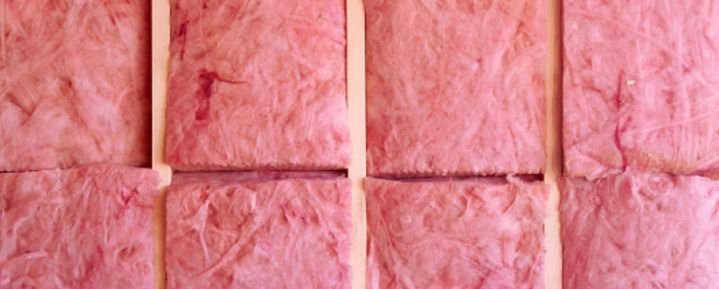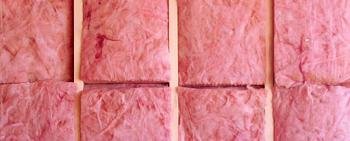INSULATING YOUR HOME AND UNDERSTANDING THE TYPES OF MATERIALS USED
As homeowners, we haven't given much thought to what's behind our walls. But as we begin to build our new home from the ground up, proper insulation of the exterior walls became top of mind. Especially in a Passive House, a well insulated home is key to energy efficiency. Besides the perk of lower energy bills, this means a more comfortable home - warm in the winter and cool in the summer.
What is an R-Value?
The effectiveness of insulation is measured by the resistance value, often referred to as the R-Value. This is based on the insulation material's ability to resist heat flow. The higher the R-value, the better the material insulates.
There are a variety of insulation materials to choose from when insulating a home. Each type of insulation has advantages and disadvantages and offers varying environmental benefits. The commonly used materials are fiberglass, mineral wool, cellulose and polyurethane.
Fiberglass
Fiberglass insulation is the "pink stuff" most people think of when they think insulation. This is one of the most common form of "batt" or "blanket" insulation that comes in rolls. It is made of very fine flexible glass fibers woven together. It also comes in loose-fill shreds, which is blown into tight spaces and cavities.
You can find fiberglass insulation in most home improvement stores. It is relatively inexpensive and easy to install. It's R-value is 2.9 - 4.2 per inch. It is often used for insulating floors and flat ceilings.
The downside to fiberglass insulation, is that it can leave gaps where air can circulate and this may lead to condensation.
Comments
There are 0 comments on this post






